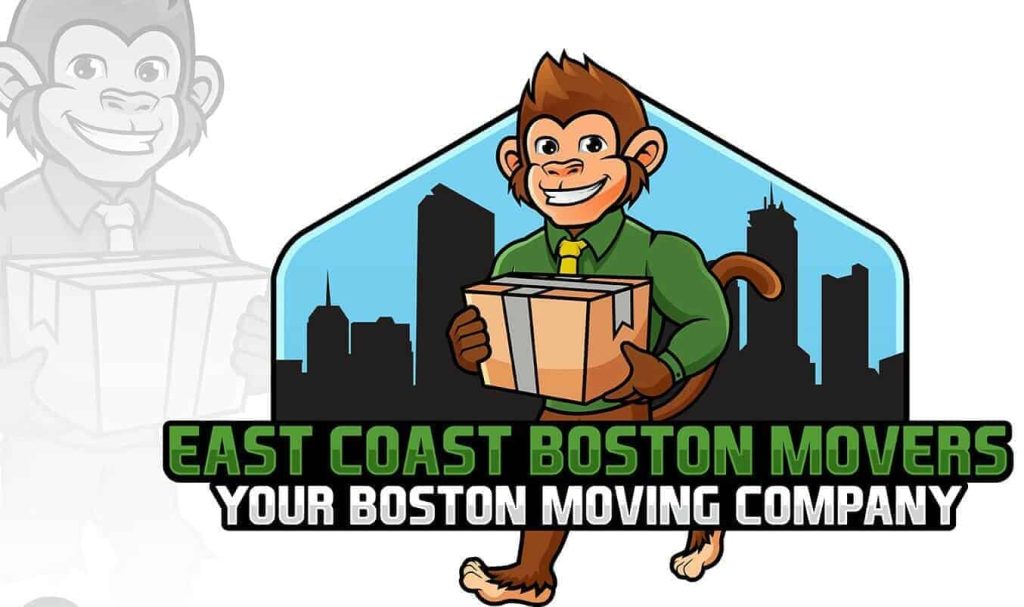Though you may find yourself paying other costs along the way, prepare for the typical moving expenses that you will always have to spend money on. While it’s possible to cut corners by asking friends for help on moving day, renting your own moving truck, or using old boxes, some moving necessities will cost money no matter what you do. Always budget for these expenses when planning a relocation.
1. Transportation costs
Though you can probably avoid hiring a full-service mover, you simply can’t dodge all transportation costs during a move. Unless you know a friend who owns a large truck or van, you will need to rent a moving truck for the relocation.
Costs vary from company to company, especially when performing long distance moves.
Additionally, you will need to reserve the vehicle in advance and make sure that all of the paperwork is lined up. On the day of the move, you will need to drive to the truck’s location to pick it up.
Rental truck companies generally charge a flat fee to use the truck, which includes a pre-determined amount of allotted mileage.
- Additional mileage charges are assessed when you drop the truck off, and these can be quite expensive if you are not anticipating them.
- All truck rental companies require the truck’s gas tank to be filled to a certain point before returning the truck to the rental center. Most companies request the tank be half-filled; others request %-filled.
- If you rent additional equipment (including trailers, hand trucks, moving blankets, or dollies), these charges will also be reflected in the final bill. You must also clean the truck to avoid accruing an additional charge.
2. Boxes and wraps
Most supermarkets will allow you to take old produce cartons and other cardboard boxes after the day’s deliveries arrive. However, these free boxes are often flimsy and may be unsuitable for moving your precious belongings.
There are four types of packing materials that prove extremely helpful in local and long distance moves.
- Snag any empty paper boxes you see in the copy room at work. Since they are usually packed tightly with extremely heavy materials, these boxes are strong and secure. The only drawback is they tend to be quite small. These boxes are ideal for dishes, glasses and knickknacks.
- If you must purchase boxes, do so from a moving supply store, hardware store, or other appropriate venue. Boxes purchased at discount shops and supermarkets might not be up to the rigors of moving. Keep this in mind before you add them to your cart.
- Invest in a roll of bubble wrap and packing paper as you place items into boxes. These two materials will keep all of your items secure and safe during your entire relocation. While you can use rags and old scraps of clothing to wrap your delicate items, chances are that you’ll never have enough to complete the job.
- For larger items and furniture, you will want to rent high-quality moving blankets. These prevent goods from becoming damaged if jostled or improperly moved. Blankets will amply cushion your belongings from blunt force or scratches. Rather than purchasing these special blankets, you can simply rent them from a moving supply store, rental truck chain, or a local moving company.
3. Packing and labeling
Packing boxes is only one part of the moving process. Loading, unloading and unpacking all require knowledge of what is inside. Without proper labels and markings, you might wind up unpacking your entire kitchen in a downstairs bedroom.
Use markers effectively.
- Purchase a high-quality thick black marker to label each individual box
- Clearly mark the room where each box should be delivered to, what it contains, which end is up and whether it is fragile
- If fragile, draw an up-facing arrow on at least three sides of the box (including at least two sides and the top flap)
- You may want to color code your move
You can also print the labels instead of using a black marker. Be sure to use water-proof laser toner for this job, and be aware that labels might peel off or become lost in the moving process. They might also be more expensive than a simple black marker.





